Adolf Wissel was a German painter. He was one of the official artists of Nazism.

Hans Karl Eduard von Berlepsch-Valendas was a Swiss architect, designer, writer and painter.

Conrad Wilhelm Hase was a German architect and Professor. He was a prominent representative of the Neo-Gothic style and is known for his preservation work.

Girolamo Sartonio, also known as Hieronimo Sartorio and Geronimo Sartorio, was an innovative Italian architect and engineer who worked mainly the German cities of Hanover, Hamburg, Leipzig and Erfurt. His designs were based on Palladian architecture. He was a noted expert in the installation of stage equipment and theatrical machinery and also worked as a builder or consulting architect on the construction of various opera houses, such as the Oper am Gänsemarkt in Hamburg. He is also credited with the beginnings of opera in Leipzig and the construction of the opera house in Prague.
Hermann Bahlsen was a German entrepreneur in the food industry as well as the inventor of the Leibniz butter biscuit and founder of the Bahlsen confectionery factory.

August Wörndle von Adelsfried was an Austrian history painter.

The Garden Cemetery is a cemetery in Hanover, Germany. It was created in 1741 and is located by the Garden Church built in 1749. The cemetery and the church are both named after the garden parish outside the former parish city walls in front of Aegidien Gate. The cemetery, which contains a number of classicising grave markers from the first half of the nineteenth century, was closed in 1864 with the establishment of the Stadtfriedhof Engesohde. Today it forms a park in the middle of inner city Hanover. The graves of Charlotte Buff, the astronomer Caroline Herschel and the painter Johann Heinrich Ramberg are located here. The Gartenfriedhof lies on Marienstraße between Warmbüchenstraße and Arnswaldtstraße.

Wilhelm Siegfried Kurt von Debschitz was a German painter, interior designer, craftsman, art teacher and founding director of an influential art school in Munich.

Änne Koken was a German artist. In addition to landscapes and still-lifes, she designed stained glass, clothing and decorative book covers. She also worked as a commercial artist, notably for the firms Bahlsen and Günther Wagner.
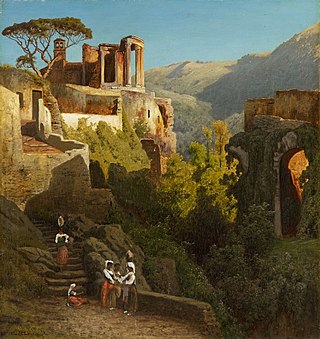
Carl Jungheim was a German landscape painter, associated with the Düsseldorfer Malerschule.
Heinrich Lutter was a German pianist and piano educator.

Edwin Oppler was a German architect of Jewish ancestry, and a major representative of the Neo-Gothic style. He designed several synagogues, throughout Germany, all of which were destroyed by rioters on Kristallnacht.
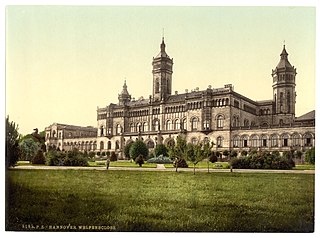
Christian Heinrich Tramm was a German architect who, in 1850, introduced the Rundbogenstil in Hanover.
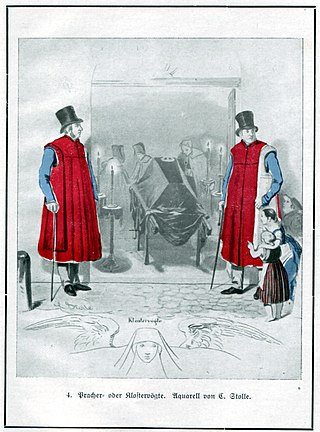
Christian Peter Wilhelm Stolle was a German decorative painter.

Ernst Friedrich Hieronymus Ebeling was a German architect and building official.
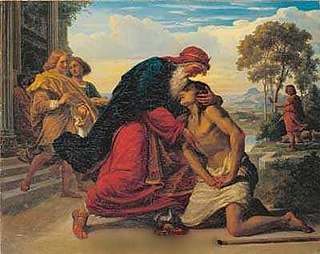
Otto Heinrich Mengelberg was a German religious, portrait, and history painter, associated with the Düsseldorfer Malerschule.
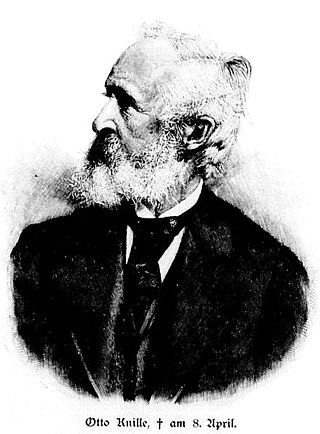
Otto Knille was a German history painter; associated with the Düsseldorfer Malerschule.

Gustav Heinrich Julius Koken was a German painter and etcher. He was the nephew of Edmund Koken, a landscape painter, and the father of Änne Koken, a graphic designer.

Johann Gottfried Edmund Koken was a German landscape and portrait painter.

Gustav Hausmann was a German painter; primarily of mountain landscapes.


















